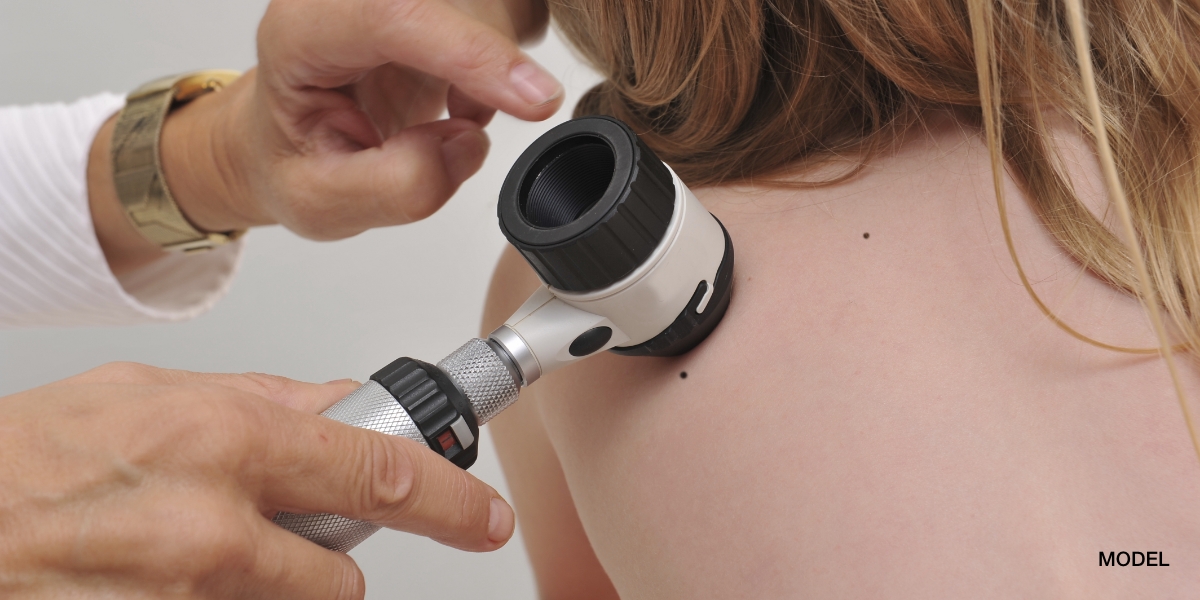Sebaceous Adenoma is a sebaceous neoplasm that I occasionally encounter in both my The Woodlands dermatology and Conroe dermatology offices. Clinically, Sebaceous Adenomas appear as yellow to flesh colored nodules that are most commonly found on the face, scalp and neck of elderly patients. Sebaceous Adenomas are benign but may be a marker of a condition called Muir Torre Syndrome. In Muir Torre Syndrome, Sebaceous Adenomas are a marker of an underlying malignancy such as colon cancer or genitourinary cancer. Sebaceous Adenomas linked to Muir Torre Syndrome can be histologically stained with MLH-1 and MSH-2 and if the staining is positive it suggest that Muir Torre Syndrome may exist in that patient and further malignancy workup is needed. The histologic appearance of Sebaceous Adenomas are of sebaceous gland lobules with a dark germinative layer but lacking the maturation of a normal sebaceous gland. Treatment of Sebaceous Adenomas is usually accomplished with conservative excision.
February 14, 2011




